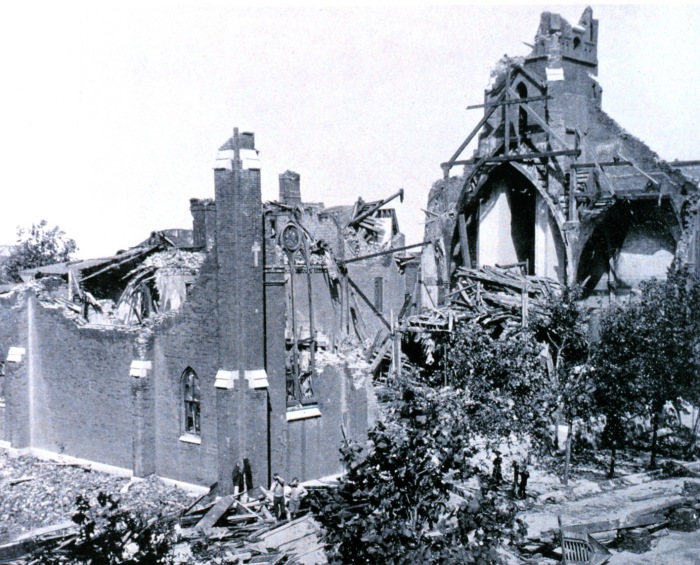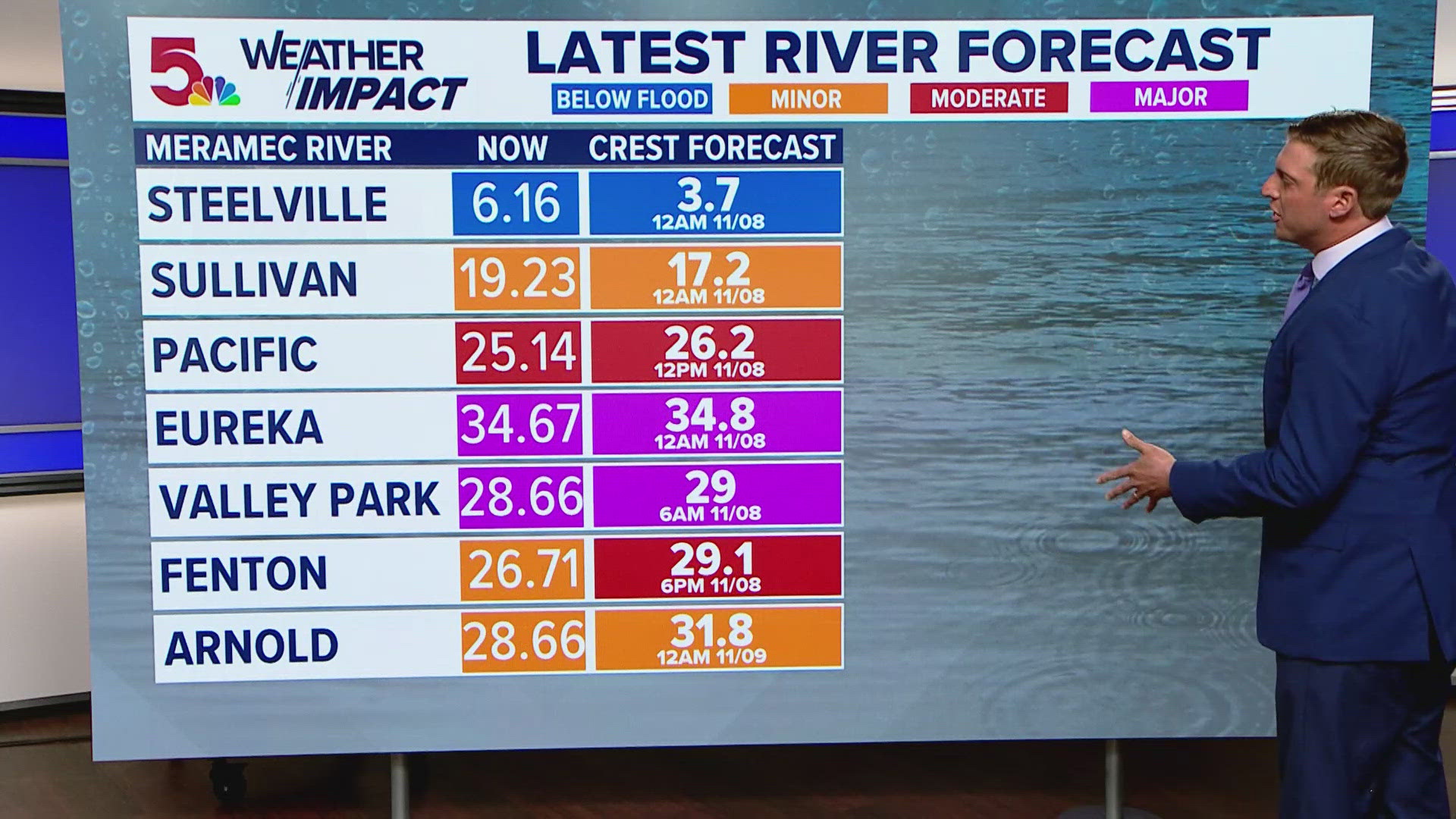ST. LOUIS – Tuesday marks the 118th anniversary of the St. Louis-East St. Louis tornado, one of the costliest tornadoes in U.S. history. It killed 255 people along its 12-mile long path.
Known as the "Great Cyclone," the mile-wide EF-4 tornado formed on the northwest edge of Tower Grove Park late in the afternoon of Wednesday, May 27, 1896 and plowed east. According to National Oceanic and Atmospheric Administration records, the tornado hit Lafayette Park the hardest, turning it into "a wasteland of stripped trees and stumps." In St. Louis, 137 people were killed.
As the tornado made its way to the Eads Bridge, it was powerful enough to drive 2"x10" wooden planks through 5/16" thick iron. Years earlier, the bridge was built as "tornado proof" but it still sustained damage.
The tornado became smaller as it reached its maximum strength and traveled into East St. Louis, killing 118 people in Illinois. Thirty-five of those deaths occurred at Vandalia freight railroad yards.
According to St. Louis Public Library records, the tornado was on the ground for 20 minutes, destroyed 311 buildings, and heavily damaged 7,200. City Hospital was partially demolished and an entire wing of the city jail was destroyed, according to a detailed report archived by NOAA.
Missouri Botanical Garden was also in the path of the tornado, which caused great damage to the wooded areas in and around the garden, uprooting large trees. Some of that damage can be seen in the photo gallery within this story.
The tornado caused $10 million (1896) in damage, which is the equivalent to roughly $2.9 billion by today's standards.
Do you know what to do during severe weather? Visit our Severe Weather Guide to learn about developing an emergency plan, what you need in a disaster supply kit, and why it's important to have a NOAA Weather Radio.


